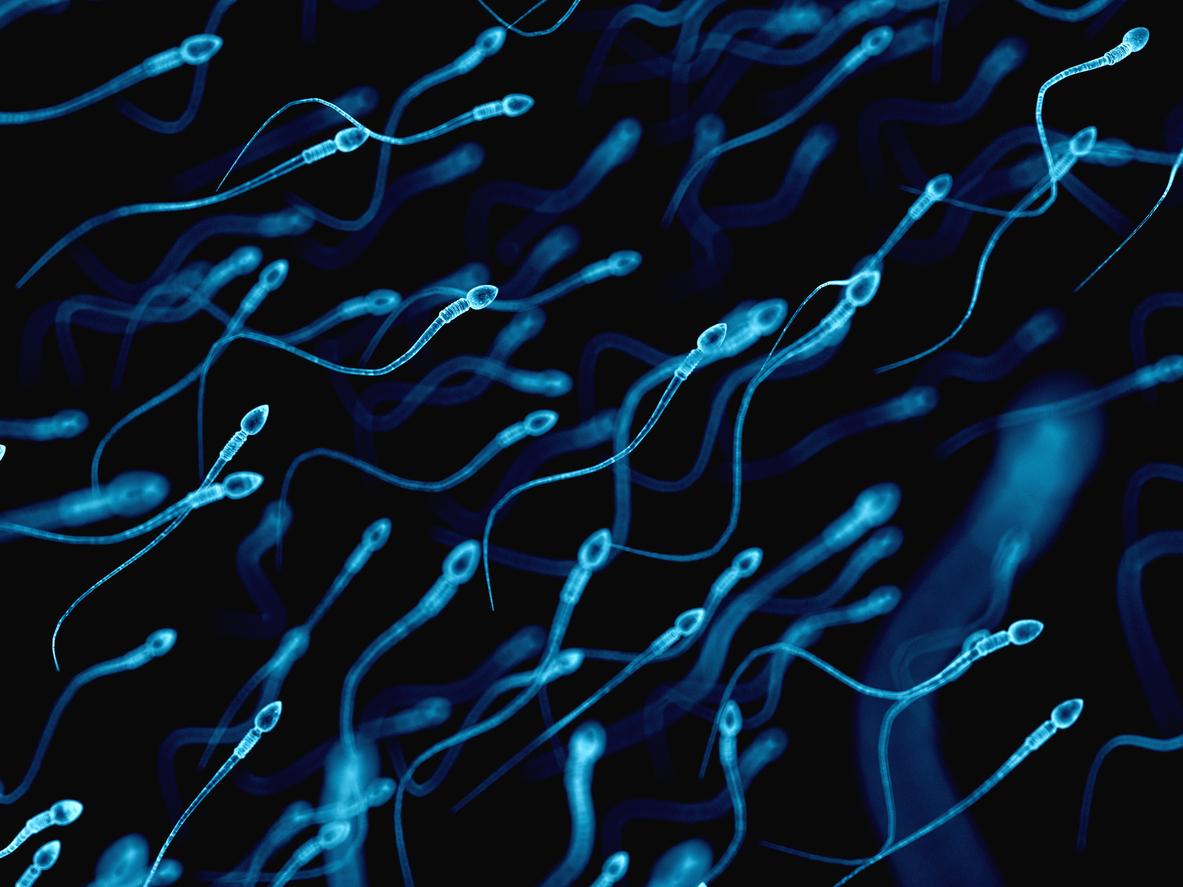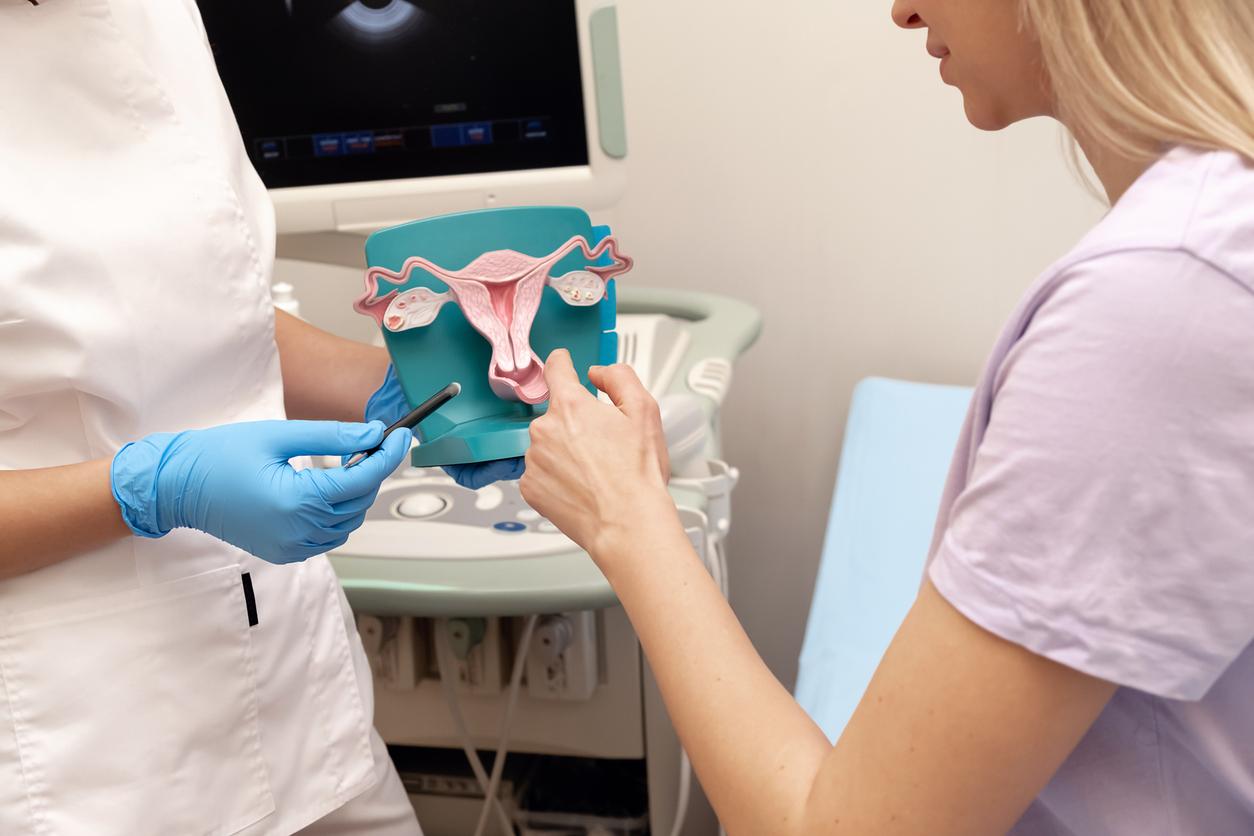Some men with azoospermia have sperm that clinicians can collect by biopsy. This invasive procedure is a failure in 60% of cases. A test will make it possible to reduce this rate.

Men with azoospermia do not produce sperm and therefore cannot reproduce. However, they may have some foci of residual production in the testes. The sperm produced are mature and can, in some cases, be used for attempts at assisted reproduction.
Doctors then perform a biopsy in the testes to collect this rare semen. But this intervention has two major drawbacks. In 60% of cases, this attempt ends in failure. In addition, the gesture, very invasive, is performed under general anesthesia and can lead to a decrease in testosterone production, induce a decrease in impotence, or even lead to impotence.
To predict the chances of success of this biopsy and thus rule out men for whom this medical procedure would be useless, the clinicians asked the researchers to identify specific biological markers. By cross-checking international data, the Inserm team of Prof. Charles Pineau (1) found 92 seminal plasma proteins originating in mature germ cells.
Inserm researchers are working on the development of a test aiming at the dosage of some of these proteins to predict the chances of success of the testicular biopsy. A prototype should be released in 3 years.
(1) Inserm Unit 1085-IRSET, Rennes
.

















